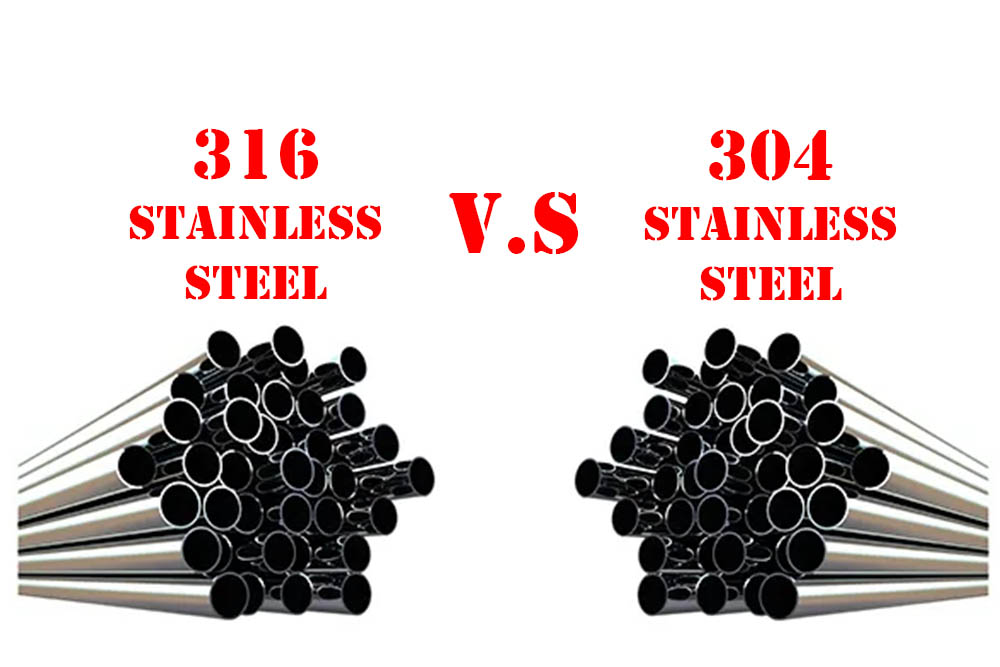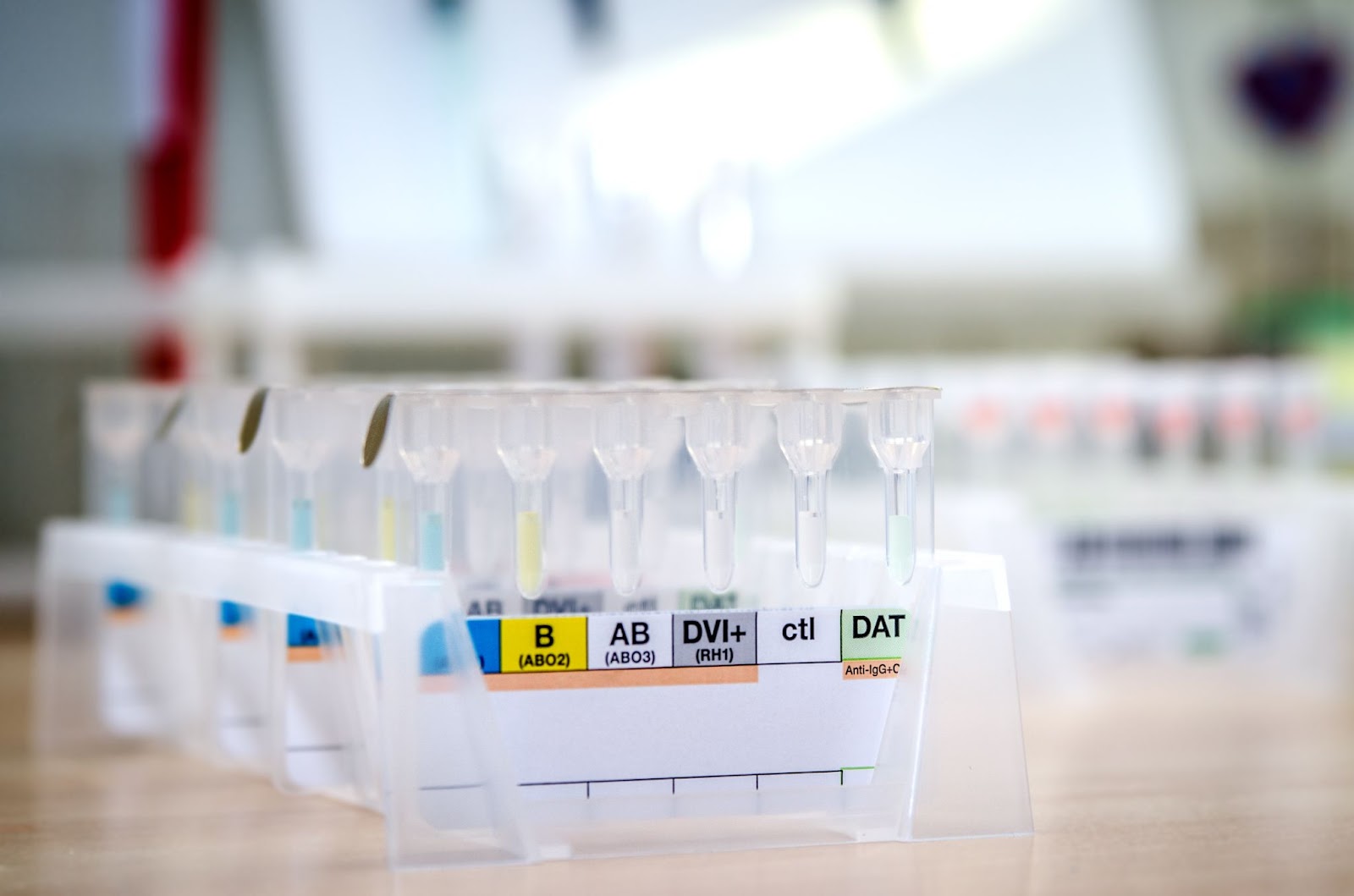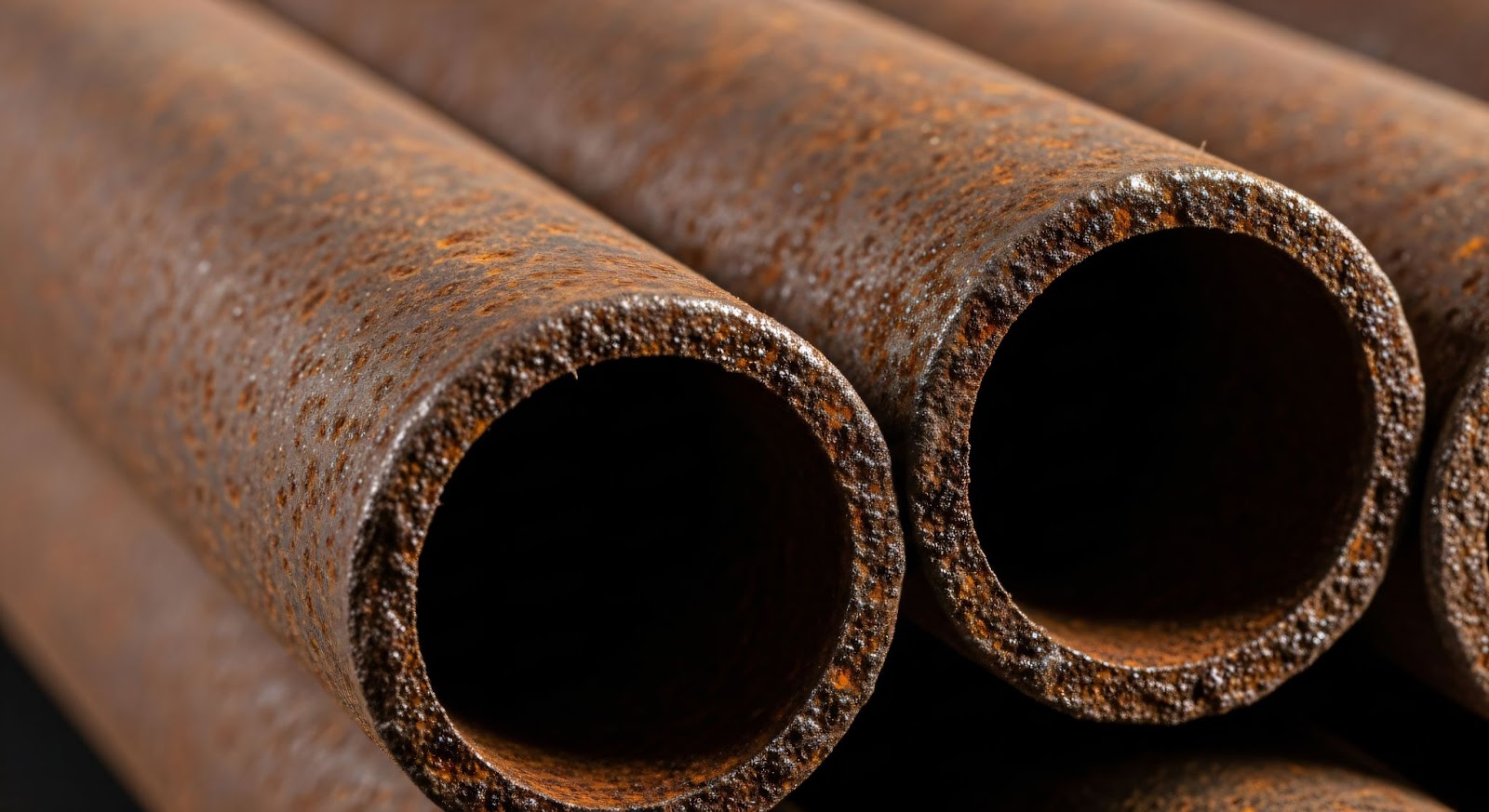
Stainless steel resists rust and corrosion thanks to its chromium content, which forms a protective layer on the surface. The most common types, including 304 ss and 316 ss, are part of the austenitic family. Engineers value this family for its strength, ease of forming, durability, and non-magnetic properties in the annealed state. Austenitic stainless steels are one of the five different families of stainless steel.
The “304” and “316” numbers come from the American Iron and Steel Institute (AISI) and reflect specific alloy compositions. Though both are similar, slight differences in their makeup affect how they perform in different environments.
The biggest difference between 316 and 304 grades of stainless steel is the addition of molybdenum in 316.

304 stainless steel contains:
316 stainless steel contains:
*Molybdenum generally makes 316 much better at corrosion resistance. This is important to note for harsh environments like saltwater, chemical processing, and even high-temperature conditions.
One of the most important differences between 304 and 316 stainless steel lies in how they handle chemical exposure. Many industries prefer 316 stainless steel for its ability to resist corrosive chemicals. This is especially true in high-chloride or acidic environments.

304 performs well in mild to moderately corrosive environments, including exposure to:
However, it is vulnerable to chlorides and strong acids, especially in warm or humid conditions. This can lead to pitting corrosion, which appears as small surface holes that can compromise material strength over time.
316 contains 2–3% molybdenum, which significantly improves its resistance to:
As a result, any setting involving corrosive liquids or vapors should use 316 ss. This grade of stainless steel is the better choice of the two for marine applications and chemical processing applications.


316 stainless steel is better at fighting corrosion, especially from salt, moisture, and chemicals. That makes it ideal for:
304 stainless steel, while still corrosion-resistant, can struggle in salty or humid environments. This grade of material is best suited for:
If your stainless-steel application doesn’t involve exposure to harsh chemicals or salt, 304 stainless steel is often more than enough. This grade is also more affordable.
304 stainless steel is popular in industries that value cost-effectiveness and cleanliness:
316 stainless steel is the go-to for tough environments:
316 ss is typically 20–40% more expensive than 304 ss, this is because of the molybdenum and higher nickel content. Although 316 ss costs more upfront, choosing this grade often saves money over time because of it lasting longer in tough conditions. Compared to 304 ss, the 316 ss also needs less maintenance or replacement.
For less demanding environments, 304 ss offers excellent performance at a lower cost. The key is to match the material to the conditions.
Both grades of stainless steel are easy to work with, but there are a few differences:
Both grades weld well using standard stainless-steel methods. Their heat treatments are similar, too, with solution annealing often used to restore material properties.

Choose 316 ss if your stainless-steel application involves:
Choose 304 ss when:
If in doubt, you can always reach out to us at Mako Products by calling 844-200-MAKO. You'll be able to talk it over with us to evaluate your exact stainless steel application needs.
Check out our blog for the latest updates and how-to's from Mako Products!